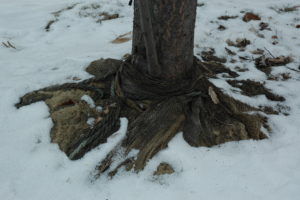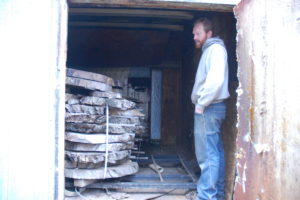I’ve been mulling the phrase ‘system management’ over and over in my brain for a while now. It’s such a fitting concept when I apply it to trees, and working with trees. Consider this: trees are systems, our gear contains systems and is a system, the urban forest is a system, and the communities that we provide our services to are systems. As arborists, mastering the art of system management will yield success, and will keep the level of stoke high!
A quick google search will bring up this definition of ‘system’:
sys·tem
ˈsistəm/Submit
noun
1.
a set of connected things or parts forming a complex whole, in particular.
2.
a set of principles or procedures according to which something is done; an organized scheme or method.
Let’s talk about managing a tree specifically. A tree is, in fact, ‘a set of connected things or parts forming a complex whole’. So the better we can be in dealing with each specific part, the greater positive impact we can have on the whole. This means understanding defects and how to mitigate failure, how to associate risk with given situations, and how to decipher health related stresses and solve those mysteries, and so on and so forth. It’s breaking down the moving parts and isolating those parts so we can analyze the problem and synthesize a solution. It’s system management. It’s the scientific process.
Then there is the gear. The climbing system. Also many parts to the whole. Watch a good arborist approach a tree and prepare it to be climbed. There is a high level of organization and a deep grounding in process. There will be many bags, and many bags within bags. In each bag there will be trinkets, and most likely many trinkets attached to them. I am being a little silly here, but everyone I’m sure can understand that sloppiness and disorganization has no place on the job site or in the gear bag.
The tree architecture and the work to be provided also greatly determine what types of systems need to be applied in tree work. If the work is simple and relatively one dimensional, that will directly affect the type of system we use in order to carry that work out. For example: if we need to cut one branch in one part of the crown, or if we need to clean all the deadwood and install 3 cables throughout the crown. In the latter, more systems overall will be required. Therefore, better management of these systems will lead to a higher efficiency, and maybe even more importantly, a higher level of safety and awareness in the working environment.
But before we go down the road of high production, let’s pump the brakes a minute. That second part of our internet definition I really like:
“a set of principles or procedures according to which something is done; an organized scheme or method”
In this sense of the definition, we can see how our even our processes and philosophies become systems that need to be managed. How we sell work, how we organize our day, how we believe tree care should be provided, how we treat our clients, and how we integrate tree care into our lives. How we manage our systems make us unique as individuals. All of these things require us to not only be aware of the idea of system management, but to also strive to be more effective at it.
Like many things, system management is a learning process. For me, time and time again, the lesson is simple: it’s the little things that actually matter.






Leave a Reply
Your email is safe with us.